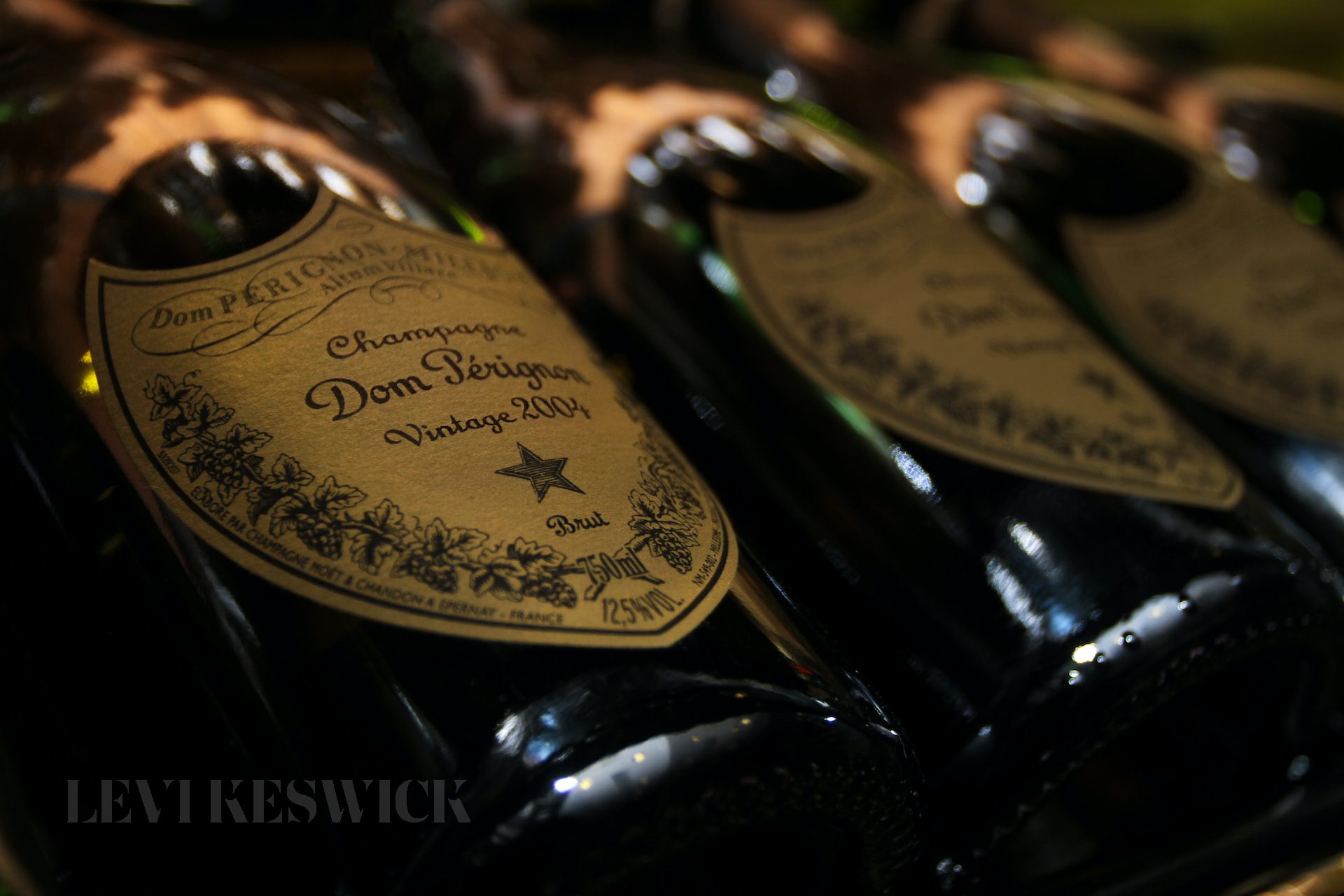Key Takeaways:
- Dom Perignon can last between 5 to 10 years unopened if properly stored
- Once opened, Dom Perignon maintains its quality for approximately 3 to 5 days
- Proper storage includes control over factors like temperature, light exposure, humidity, and vibration
- Even though Dom Perignon can technically “expire,” it remains safe to drink
The Prestigious Dom Perignon Champagne
Crafted by the Moet & Chandon Champagne house, Dom Perignon represents the pinnacle of luxury in the world of Champagne. The careful orchestration of Pinot Noir and Chardonnay grape varieties from Grand Cru vineyards in the Champagne region, under the watchful eye of Chef de Cave Vincent Chaperon, results in a vintage Champagne that’s nothing short of exquisite.
Each bottle matures for a period between 10 to 30 years before hitting the market, contributing to its complex palette and distinct character. The wine variants of Dom Perignon, such as the Oenotheque, Rose, and Brut Champagne, showcase the brand’s diversity while retaining its unmistakable quality.
The Longevity of Unopened Dom Perignon
The main question often arising in discussions about Dom Perignon is, “Does Dom Perignon go bad?” The longevity of an unopened bottle of Dom Perignon largely depends on its storage conditions. Generally, these prestigious wines can last from 5 to 10 years, with some bottles even surpassing this timeframe under optimal conditions.
While the allure of maturing the Champagne may be enticing, it’s essential to remember that every Dom Perignon bottle has already been aged meticulously in the Moet & Chandon cellars, meaning it’s ready to be enjoyed right away.
Staying Fresh: Opened Dom Perignon
Upon opening a bottle of Dom Perignon, the clock begins to tick on its freshness. Typically, an opened bottle can retain its qualities for up to five days. However, this period can vary depending on storage practices.
Storage Practices for Vintage Dom Perignon
Preserving the integrity of Dom Perignon, both unopened and opened, requires mindful storage. Key considerations include:
- Temperature: Aim for a cool storage environment, ideally between 45 – 65°F (7 – 18°C). Sudden temperature fluctuations should be avoided as they can accelerate the aging process and impact the wine’s quality.
- Light Exposure: Protect your bottle from sunlight to enhance its longevity, as Champagne is particularly light-sensitive.
- Humidity: Maintaining a humidity level above 70% helps to preserve the cork quality and decelerates aging.
- Bottle Position: Store your Dom Perignon lying on its side to keep the cork moist.
- Vibration: Minimize movement and vibration to prevent bottle shock, which could reduce the wine’s flavor.
For opened bottles, it’s vital to seal them with a Champagne sealer immediately and place them back in a cool, dark location. Keep the bottle upright to prevent any potential leakage.
Detecting an “Expired” Dom Perignon
The notion of Dom Perignon going “bad” or “expiring” can be misleading. While the quality and freshness of the Champagne might decline over time, an expired Dom Perignon remains safe to consume. However, there will be noticeable differences, such as the loss of fizz, a vinegar-like smell or faded fruit aromas, a cloudy appearance, or a sour or flat taste.
Conclusion
Ensuring your Dom Perignon stays fresh and maintains its unique characteristics requires a commitment to optimal storage conditions. Whether you choose to house your Dom Perignon in your personal wine cellar or entrust it to a professional Champagne storage facility, preserving its quality is a worthwhile endeavor.
While the process may seem daunting at first glance, it can be simplified by understanding and maintaining the necessary conditions. By controlling factors like temperature, light, humidity, and movement, you can ensure your Dom Perignon matures gracefully, reaching its peak flavor profile.
However, one should also remember that the true joy of possessing a bottle of Dom Perignon lies not in its longevity but in the enjoyment it brings when shared and savored. There’s a certain charm to pouring a glass of Dom Perignon, appreciating the vibrant notes of stone fruit and hints of toasted almond, and sharing this exquisite experience with those you cherish.
So next time you find yourself contemplating “does Dom Perignon go bad,” remember that it’s less about the expiration and more about the experience. As with all good things in life, Dom Perignon is best enjoyed in its prime – and with good company.








